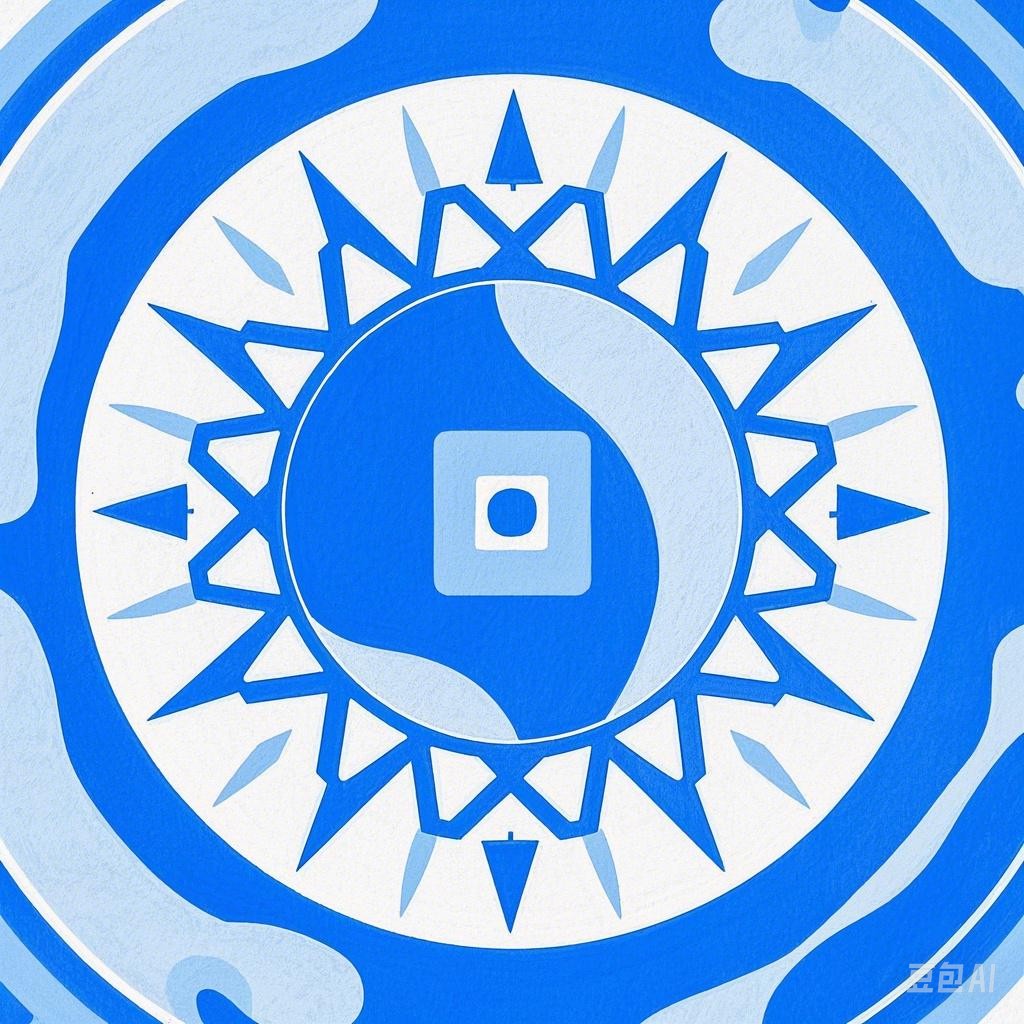Introduction
Festive cultures are an integral part of human society, reflecting the diverse traditions, beliefs, and values of different communities around the world. This article aims to provide a comparative insight into the festive cultures of China and the West, highlighting their unique characteristics and the hidden gems that make each culture special.
Chinese Festive Cultures
1. Spring Festival (Chinese New Year)
The Spring Festival, also known as Chinese New Year, is the most important and widely celebrated festival in China. It marks the beginning of the lunar new year and is characterized by several customs and traditions:
- Red Decorations: Red, symbolizing luck and happiness, is the dominant color during the festival. Homes are adorned with red lanterns, couplets, and paper cuttings.
- Family Reunions: The festival is a time for families to gather and celebrate together. It is customary for people to return to their hometowns to reunite with their families.
- Fireworks and Firecrackers: Fireworks and firecrackers are set off to ward off evil spirits and attract good luck.
- Dumplings and Nian Gao: Traditional foods such as dumplings and Nian Gao (a sticky rice cake) are consumed during the festival.
2. Dragon Boat Festival
The Dragon Boat Festival, also known as Duanwu, is held on the fifth day of the fifth lunar month. It commemorates the poet Qu Yuan, who drowned himself in the Miluo River to protest corruption. The festival is celebrated with the following customs:
- Dragon Boat Races: Teams of rowers compete in dragon boat races, symbolizing the search for Qu Yuan’s body.
- Zongzi: A traditional sticky rice dumpling wrapped in bamboo leaves, is eaten during the festival.
- Sitting Out in the Rain: It is believed that sitting out in the rain on this day can prevent diseases throughout the year.
3. Mid-Autumn Festival
The Mid-Autumn Festival, also known as the Moon Festival, is celebrated on the 15th day of the eighth lunar month. It is a time for family reunions and moon gazing. The festival is characterized by the following customs:
- Mooncakes: Mooncakes, a type of pastry filled with sweet or savory ingredients, are consumed during the festival.
- Moon Gazing: Families gather to admire the full moon and share stories and tales.
- Lanterns: Paper lanterns are released into the sky, symbolizing hope and well-being.
Western Festive Cultures
1. Christmas
Christmas is a Christian holiday celebrated on December 25th, commemorating the birth of Jesus Christ. It is characterized by the following customs:
- Gift-Giving: Exchanging gifts is a central aspect of Christmas. The most famous gift-giver is Santa Claus, who delivers presents to children on Christmas Eve.
- Christmas Trees: Decorated Christmas trees are a common sight in Western homes. Ornaments, lights, and a star or angel are often added to the tree.
- Holiday Decorations: Homes are decorated with lights, garlands, and other festive ornaments.
- Holiday Music: Christmas carols and songs are played throughout the season.
2. Halloween
Halloween, celebrated on October 31st, is a festival with roots in Celtic and Christian traditions. It is characterized by the following customs:
- Costumes: People dress up in costumes, often depicting ghosts, ghouls, and other supernatural beings.
- Trick-or-Treat: Children go door-to-door in costumes, asking for treats or tricks.
- Haunted Houses: Many communities organize haunted houses or haunted tours for a spooky experience.
- Pumpkins: Pumpkins are carved into jack-o’-lanterns, which are placed in windows or on doorsteps.
3. Thanksgiving
Thanksgiving is a harvest festival celebrated in the United States and Canada on the fourth Thursday of November. It is characterized by the following customs:
- Feast: Families gather to share a large meal, often including roast turkey, stuffing, mashed potatoes, and cranberry sauce.
- Pilgrims and Native Americans: The feast is traditionally associated with the Pilgrims and Native Americans who shared a meal in 1621.
- Gratitude: The holiday is a time to express gratitude for the blessings received throughout the year.
Conclusion
Chinese and Western festive cultures are rich and diverse, each with its own unique traditions and customs. By exploring the hidden gems of these cultures, we can gain a deeper appreciation for the rich tapestry of human heritage. Whether it’s the vibrant colors of the Spring Festival, the spooky atmosphere of Halloween, or the gratitude expressed during Thanksgiving, festive cultures offer a glimpse into the hearts and minds of people around the world.
